Where the Stars Shine Bright
GHE Nov 8, 2025
Reimagining Childhood
Transforming Anganwadi Centres in the Hills of Meghalaya

As you journey through the quiet, winding paths of the remote villages in Northeast India, especially in the rain-washed hills of Meghalaya, you may encounter a modest, almost unnoticeable structure: A simple, single-storey building with weathered walls and a rusting tin roof. It stands quietly amidst fields, forests, or hilly clearings, often surrounded by the laughter of children and the warm bustle of village life.
At first glance, it might seem like just another utility shed or shelter. But this humble structure holds within it an extraordinary mission. It is an Anganwadi Centre one of India’s most critical yet underrecognized grassroots institutions. These centres represent the heart of the country’s commitment to Integrated Child Development, built to nurture, educate and uplift children under the age of six in rural and underserved areas.

The word “Anganwadi” literally means ‘courtyard shelter’, and that is exactly what these centres are: spaces of care, learning, nourishment and community. Inside these walls, children are not just fed and looked after, they are introduced to the world of structured learning and given access to basic healthcare while also enveloping in the care of women from their own communities, trained to guide and support both the child and the mother.
The beauty of an Anganwadi lies not in its materials, but in its mission. In places where formal infrastructure is minimal and opportunities are scarce, these centres serve as beacons of hope and nurture the physical, emotional and cognitive development of young children. Anganwadis also empower women caregivers and strengthen the social fabric of the village.
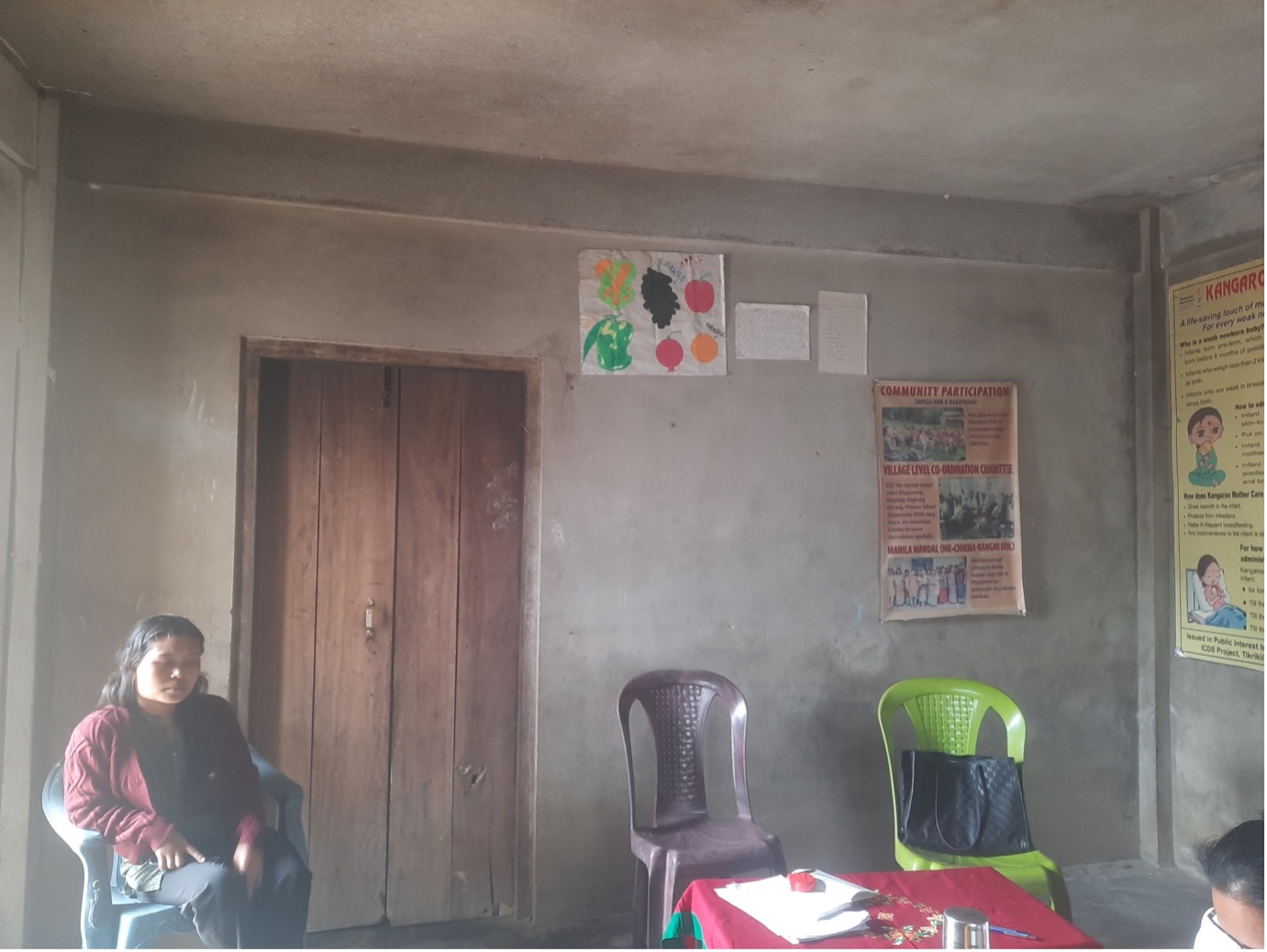
In states like Meghalaya, and more specifically in remote areas like districts of Garo Hills, these centres are often the only point of access to such services. However, many of them face significant infrastructure challenges. Our recent baseline survey across East & West Garo Hills revealed that several centres are struggling with cracked walls, leaky roofs, lack of electricity, poor lighting and insufficient learning materials. Some rely on shared or unhygienic cooking spaces, and classrooms often lack the visual or sensory stimulation vital for young minds.

Despite these shortcomings, the centres continue to operate and serve their communities because they are often the only space where children from these villages can receive any form of structured learning or nutrition. For many parents, the Anganwadi is a trusted institution where their children are safe, fed and gently introduced to education. It serves as a foundation for life, not just a preschool and also act as one of the few places where mothers receive basic support in maternal care and child upbringing practices, often under the guidance of local women trained as Anganwadi workers. These workers form the backbone of the system. Most of these women belongs from the local communities they serve, offering familiarity and continuity to the families. They act not only as educators and caregivers but also as frontline health and social service providers. Their role is crucial in promoting early childhood development and building trust between public institutions and rural communities. They provide assistance to parents in raising their children and for children, they provide a structured environment to learn and grow. Additionally, they serve as a platform for empowerment, leadership, and service for Anganwadi workers, who are primarily women from the local community.
Recognizing both the urgent need and the untapped potential of these community institutions, GHE launched a revitalization initiative focused on five Anganwadi Centres across the East and West Garo Hills of Meghalaya. This initiative was not merely about repairing buildings or adding equipment: it was a deep, thoughtful reimagining of what early childhood spaces in remote regions could and should look like.
The intervention began with a holistic assessment of each centre by listening to the voices of Anganwadi workers, engaging with parents and observing how children interacted with their environments. What emerged was clear: these centres needed more than infrastructure; they needed energy, color, stimulation and dignity.
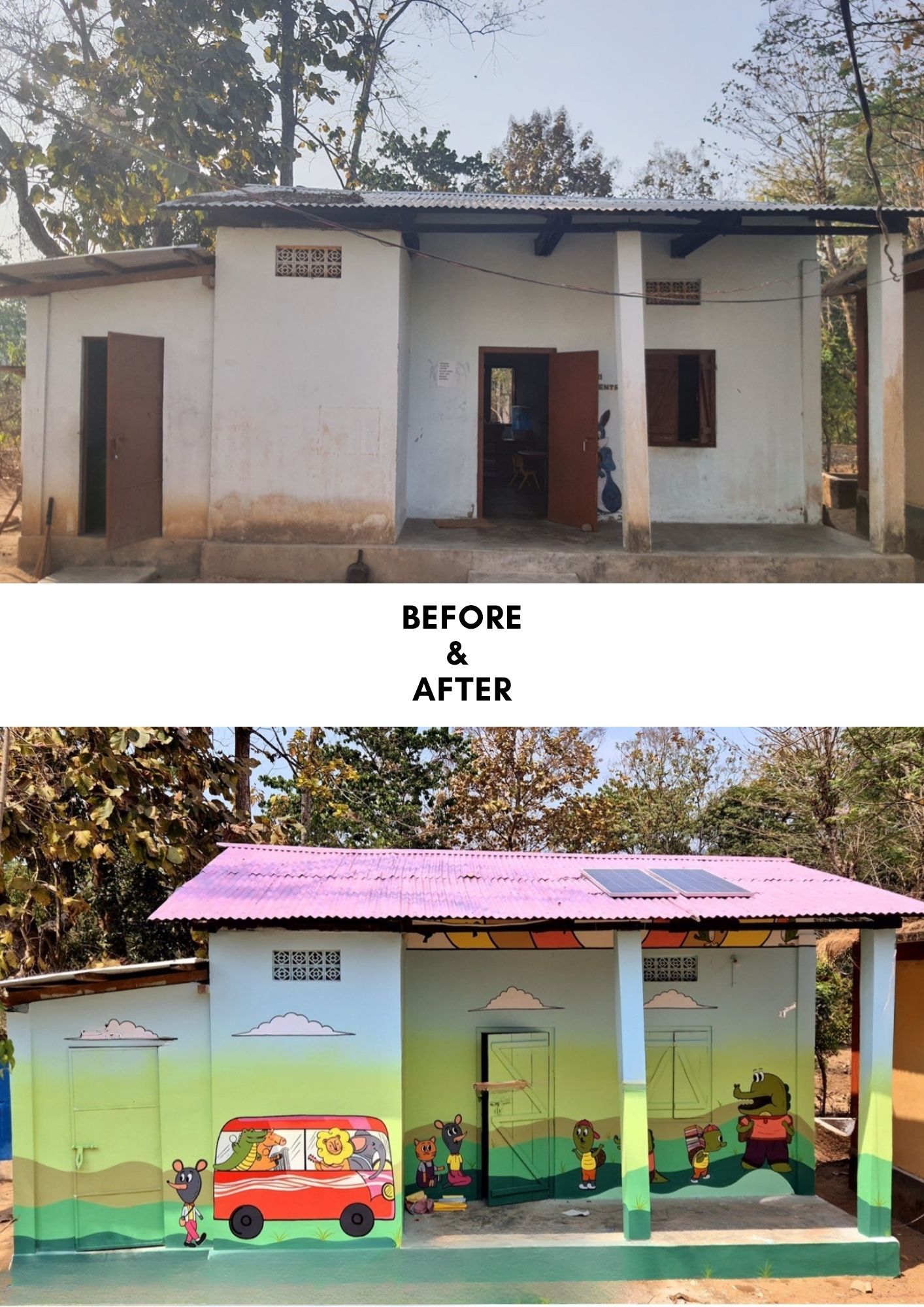
GHE’s approach combined solar-powered technology, child-centric design and community-led creativity to transform these spaces from under-resourced shelters into vibrant early learning hubs. This meant making the structure more resilient but it also meant imagining what a child sees, hears and feels when they enter the centre.


Each centre was fitted with a solar microgrid, bringing in clean, reliable electricity to power lights and fans, a simple addition that extended the usable hours of the space and made it safer and more comfortable. The drab walls were brought to life through BALA (Building as Learning Aid)-based murals with brightly painted numbers, alphabets, animals and local motifs that turn the walls into living textbooks.

The walls have been painted with educational murals turning the area into a visual playground of letters, numbers, new learning toys and colourful furniture have been introduced to help children engage better with their surroundings. While these upgrades may seem modest, they significantly improve the learning environment and the daily experiences of parents, children and workers.
Over 80 educational kits and learning aids were introduced in each centre, carefully selected to foster critical motor skills, creativity and sensory development. From colorful puzzles and stacking blocks to storytelling tools and musical instruments, these resources transformed the way children engaged with their environment.
Even the furniture was rethought — lightweight, colorful, child-sized tables and mats that allow for flexible learning in an inclusive, low-stress setting. And for Anganwadi workers, the transformation renewed their pride and capacity in delivering care allowing them to better organize sessions, track developmental milestones and engage with parents more effectively.

This was not just a facelift. It was a reaffirmation of the value of every child, and a belief that no matter how remote a village, its children deserve to learn in spaces that inspire joy, curiosity and belonging.
This quiet transformation is an example of what thoughtful, intention & investment can achieve. It illustrates how small improvements can create a more nurturing space for early childhood care and learning, even in remote regions with limited resources. More importantly, it reinforces the importance of supporting foundational education and maternal health as integral parts of sustainable rural development. What’s happening in Meghalaya, through community-based design, solar electrification, and creative learning interventions, offers a replicable model for climate-resilient, inclusive education.

Latest Blogs
Explore perspectives on the work we do and ways to make an even greater impact together.




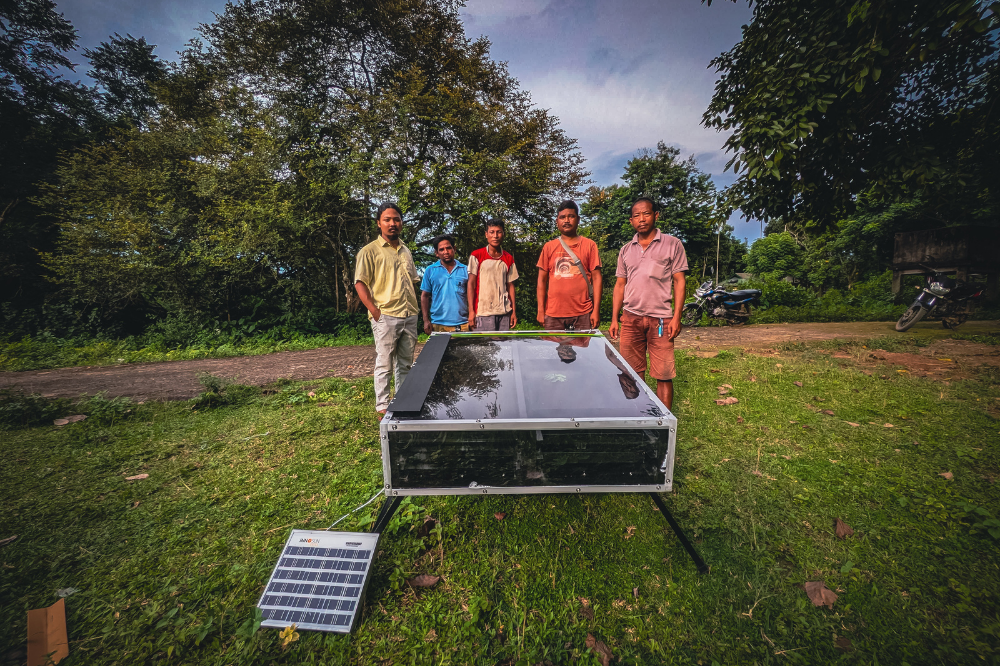
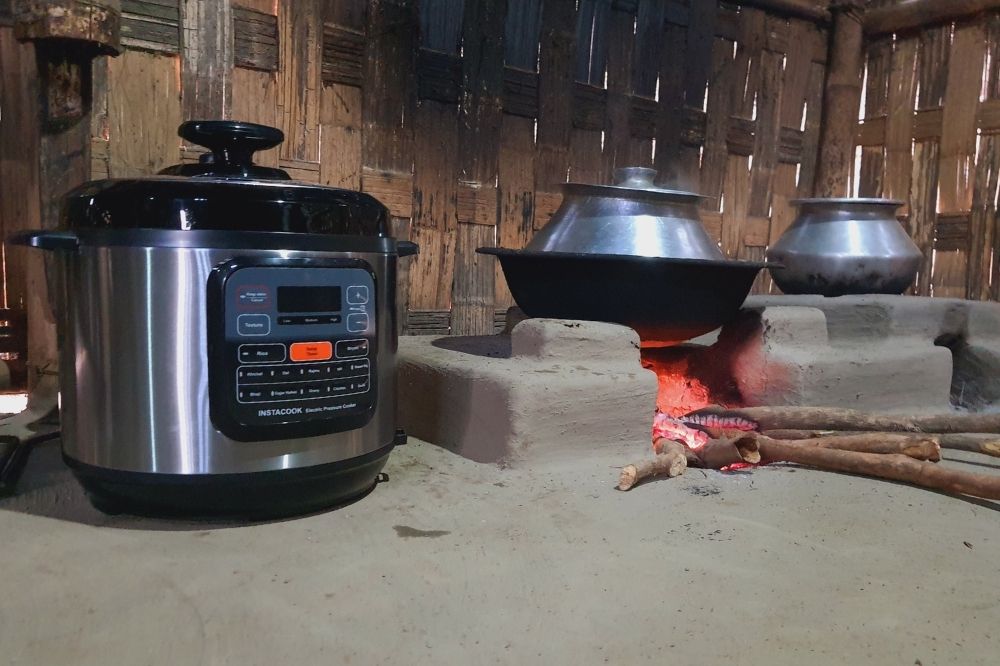
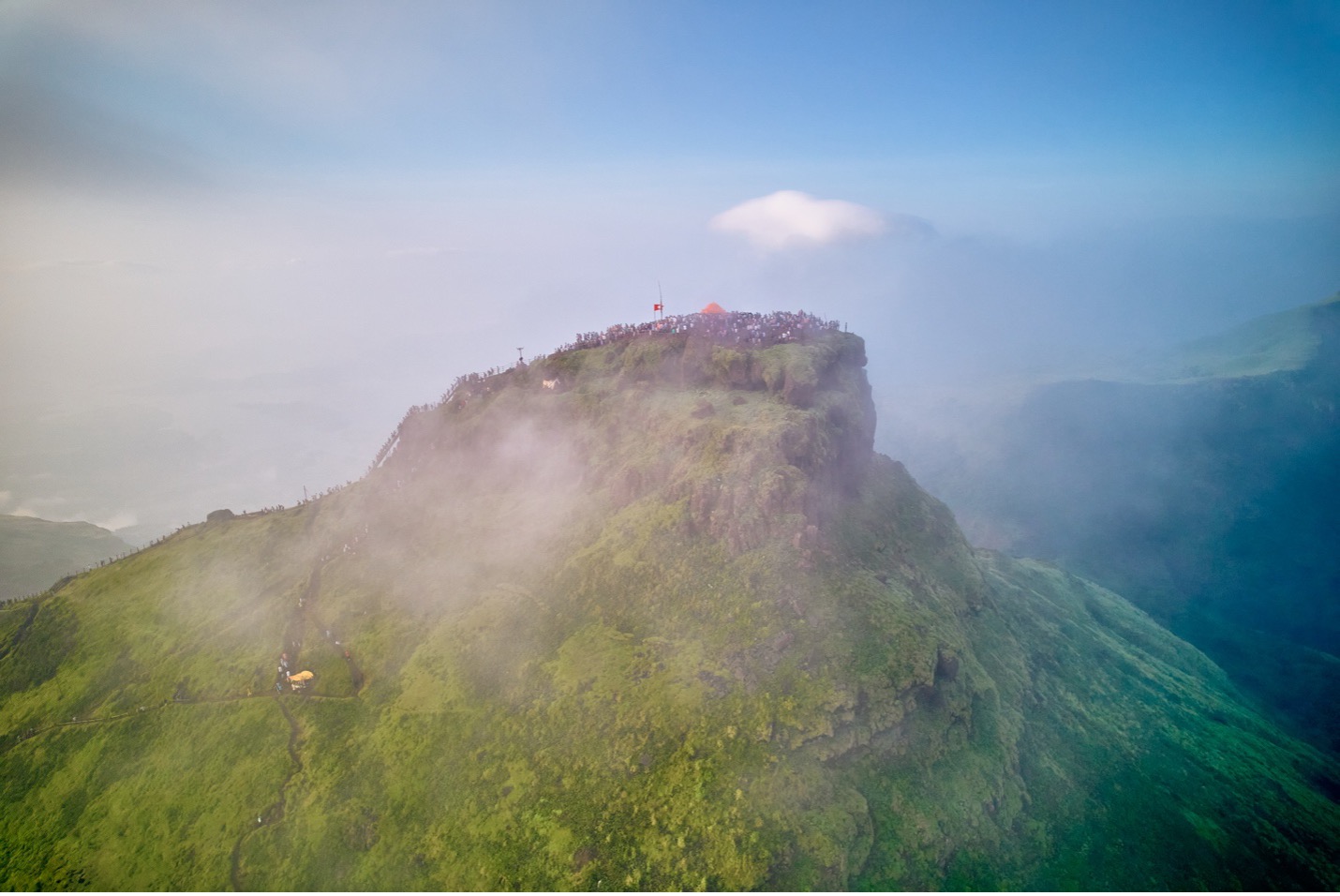






0 Comments